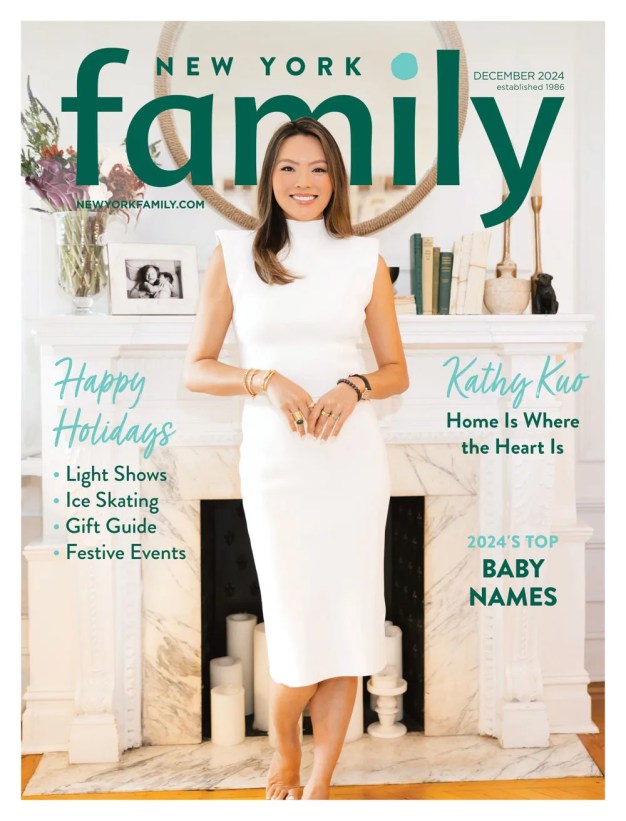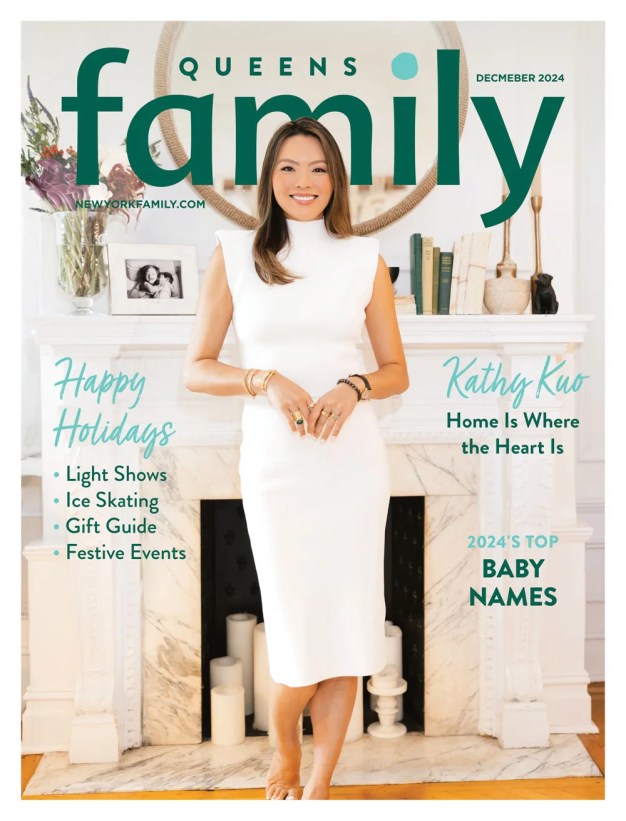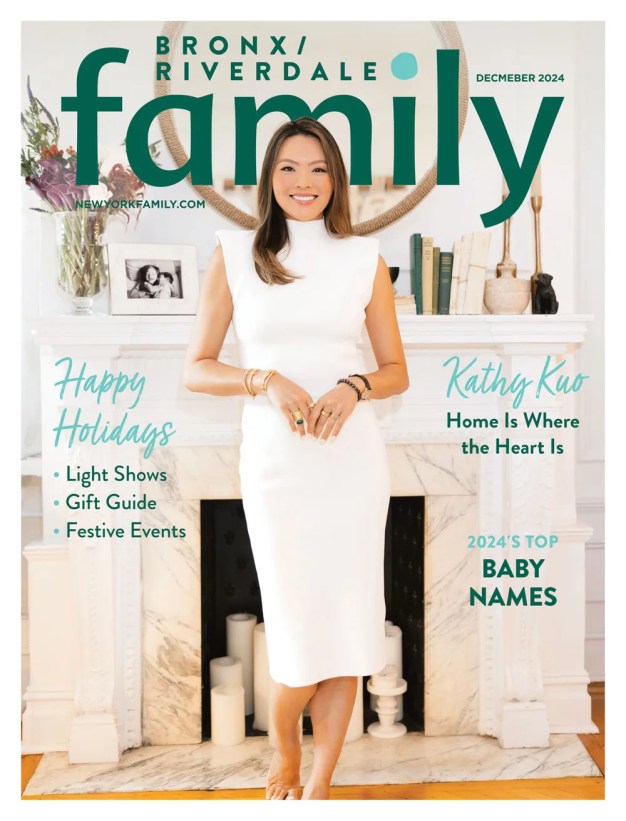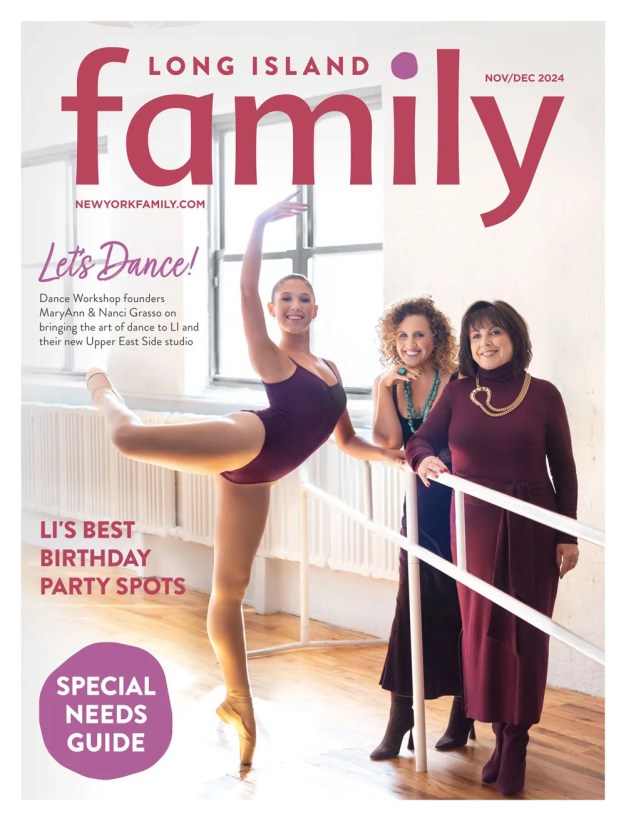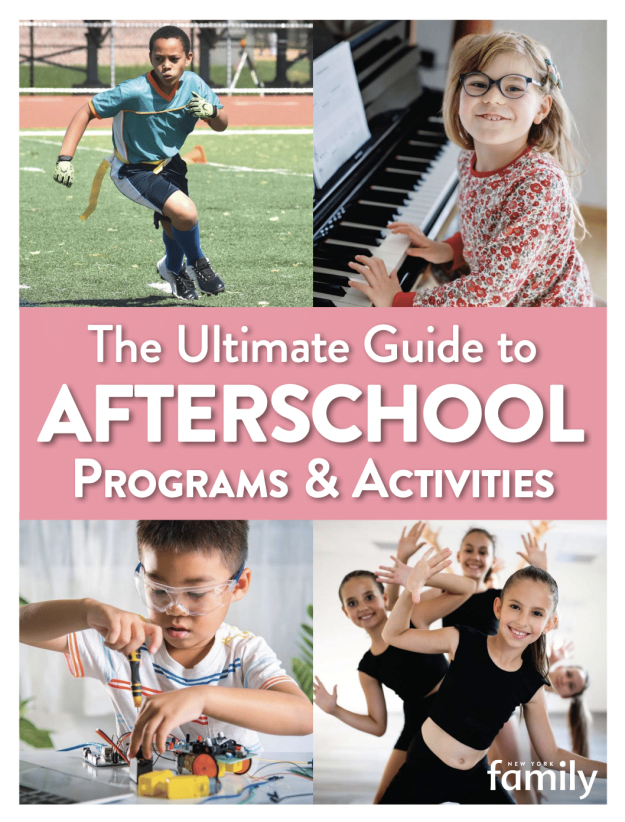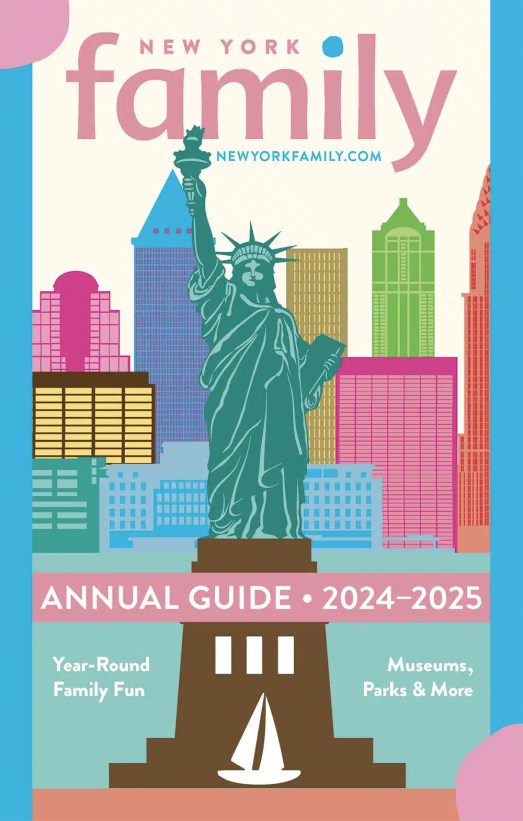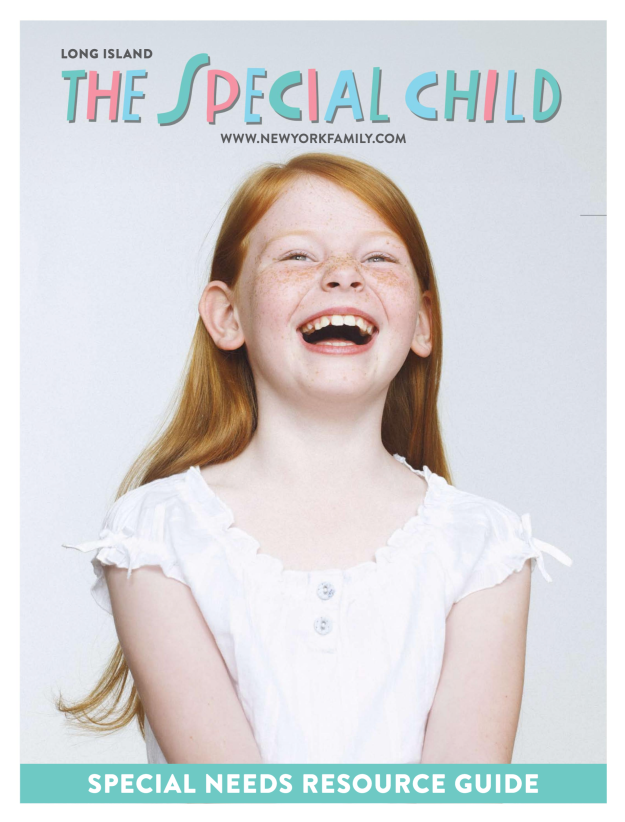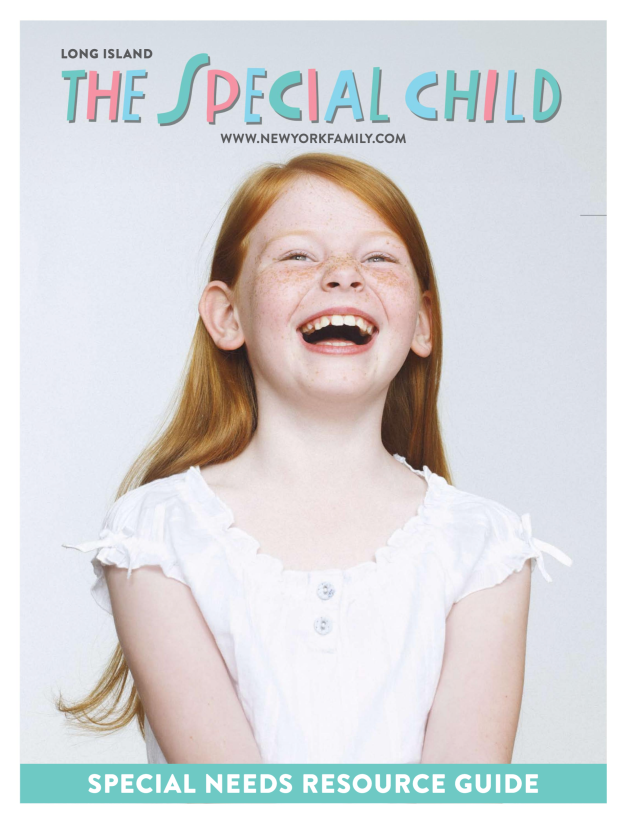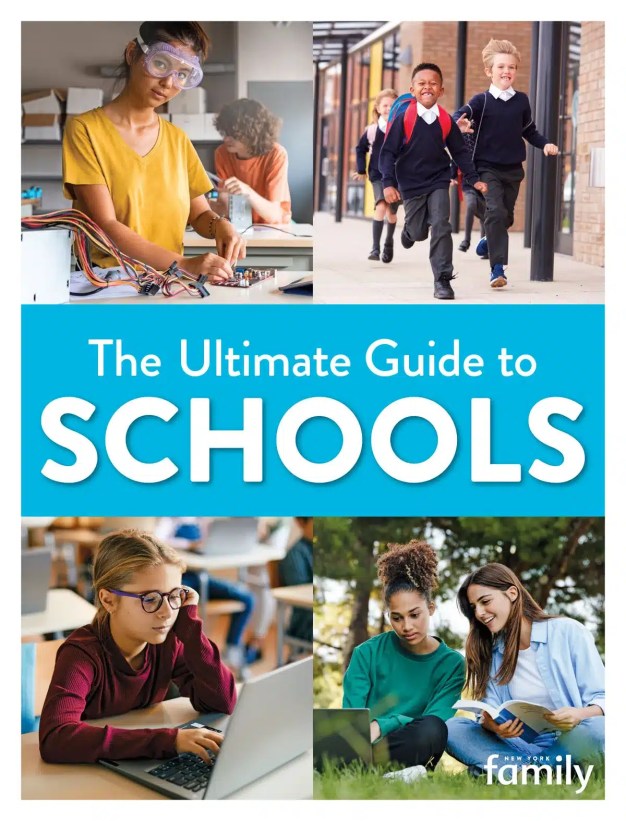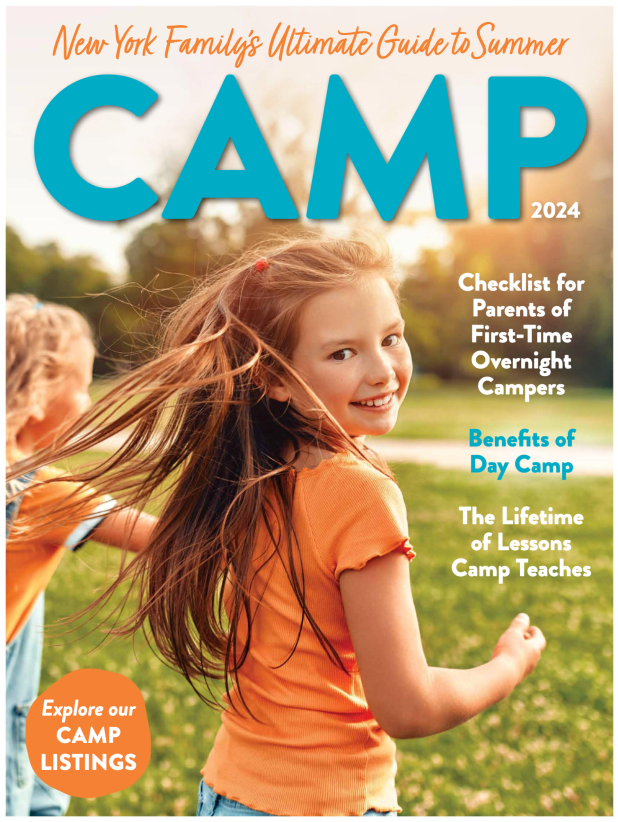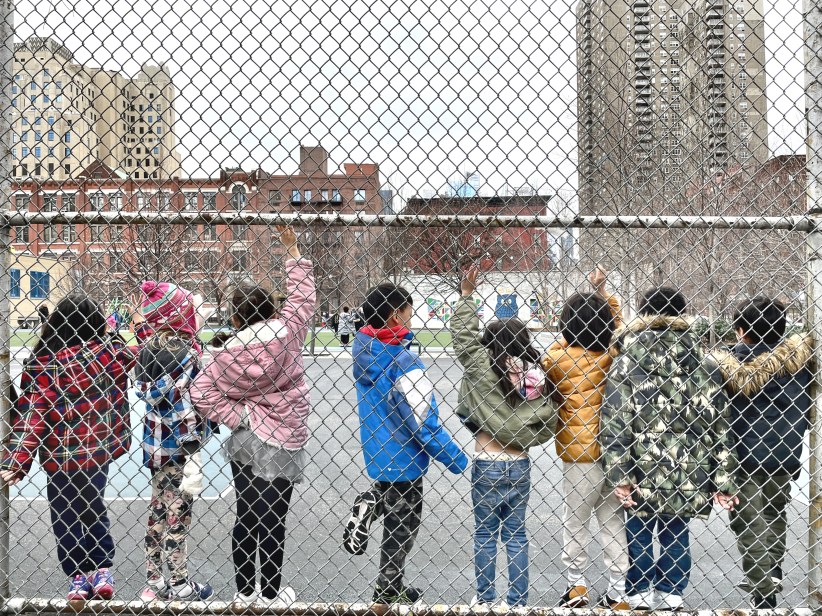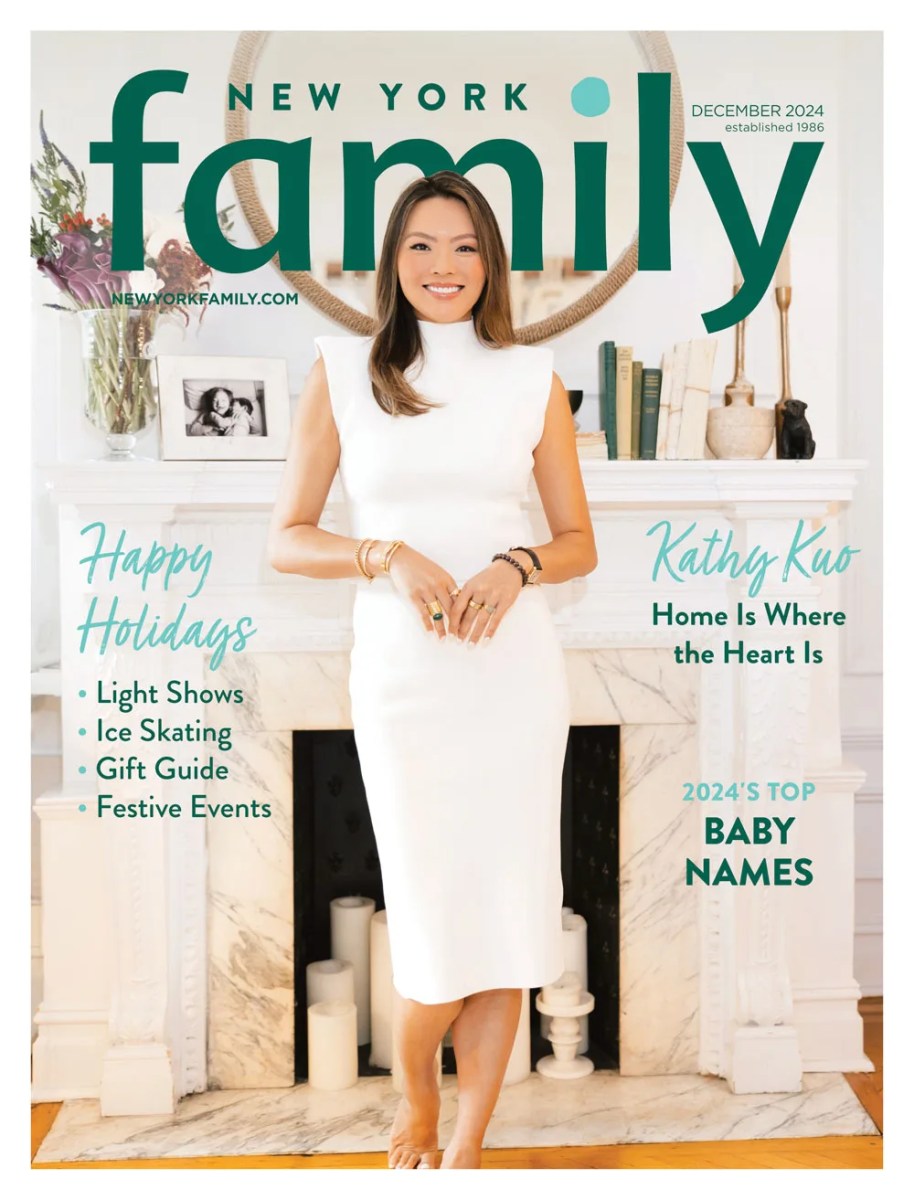Just four years old, Léman Manhattan Preparatory School is one of New York City’s newest private schools. Part of a growing trend of for-profit independent schools opening in the city, Léman draws students from 50 countries, is the only general-interest boarding school in Manhattan, boasts a new and prestigious International Baccalaureate program, and is situated in a building with million-dollar views of Lower Manhattan.
What it doesn’t have is great name recognition among the hyper-aware parents of young applicants outside of downtown Manhattan. Head of School and international learning evangelist Drew Alexander is on a mission to tell the rest of the city about the school, which now has the real estate to double its current student body of 565.
We sat down with Alexander to discuss what the school has attained in his four years, where it’s going and how his background in education (35 years, half in public schools in Alaska, half overseas in Singapore, Cairo and Moscow) has shaped his view for Léman Manhattan.
You’re a pre-K3 -12 grade school. How would you characterize your educational philosophy? Is it different for your 5-year-olds than it is for your International Baccalaureate kids?

It really isn’t. Our education philosophy runs from Pre-K3 through grade 12. We really believe that you have to address each child’s unique learning style… We personalize our learning via our curriculum that we teach, the assessments that we give, as well as the personal learning plan we maintain on each child. You have to foster relationships, and that relationship piece is really critical at all age levels. And as soon as children understand that you really do care for them as a person, they’re just open to all sorts of learning. And we believe that same thing regardless of what age they are… We truly believe in strong partnerships with family. We absolutely believe that a rich curriculum is critical, and you want to provide that. A rigorous curriculum doesn’t mean that it’s exclusive. It just means it’s demanding, and there is a lot of attention to detail in a rigorous curriculum. It really promotes organization and time management and perseverance. And that’s what we do in Pre-K3 through grade 12.
Léman is part of Meritas LLC, a private, for-profit education company with nine other college prep schools in United States, Mexico, Switzerland and China. What does it mean to be part of a group of schools?
We are a family of schools—there are seven of us in the U.S., one in Monterrey, Mexico, one in Chengdu, China, and one in Geneva, Switzerland. So we call those the Meritas Family of Schools. Within that, there is a subset–the Léman International Schools. The Collège du Léman, Léman International School, and Léman Prep are the Léman schools. What this means is you have a network of schools that provide opportunities for students to experience other cultures, to debate worldwide topics, to learn what it means to become global citizens, and to understand what it is to be a steward of the planet.
So does that mean Léman Manhattan students could go study in Switzerland or China?
Absolutely. That has happened and will continue to happen. All of our high school students two years ago actually went to stay in Chengdu, China. Our students at Léman Manhattan went to stay with families in Geneva, Switzerland, last year. Those students then came to stay with New York students and their families last year, and we will continue that. So there are lots of opportunities for those types of exchanges… Where we interact with other [Meritas] schools is through our Meritas Academic Olympics, the Meritas Games, Touchpoints, fine arts festivals, student government summit and the Oxford program where we have high school students from all of our schools go and stay almost three weeks in Oxford, England.
Meritas promotes best practices throughout its schools. How does that work, and what’s an example of one of these best practices?
Meritas has what’s been called the Meritas Academic Plan. To better prepare for the challenge of the 21st century, we must teach critical thinking, model critical thinking and high-order reasoning. We look at what best practices are, and it’s research-based best practices that we actually share with other schools. For instance, standards-based learning and grading is a best practice. All of our schools have adopted standards much like a lot of schools in the United States. We align our curriculum to those standards. Curriculum mapping is a best practice. We start with our desired learning outcomes for students and then we work backwards from there, developing the lesson plan and assessments to measure against our benchmarks.

Another one that is unique to the Meritas family of schools is the strings or violin program. Where a lot of schools will use the keyboard to teach music fundamentals, the Meritas schools use violins to teach music fundamentals. Once children are in the second half of their kindergarten year–age 5 going to the ripe old age of 6—they start learning to play the violin. And they do that all the way through 3rd grade. And that builds their understanding of tonality, the understanding of different pitches, and also [teaches them] how to read music. And then we tie in Mandarin language instruction. We believe—and research will show—there are a lot of similarities between the pitches in violin and the tones in Mandarin. So you actually work together to have a student who understands the different sounds in Mandarin, which is very important at an early age for them to become fluent speakers of Mandarin.
What is your curriculum known for? What should it be known for?
Going back to idea of a rigorous curriculum, it’s important that it’s demanding and it’s personalized for the child. I think it’s unique in the Lower School in the number of languages offered, the music program we offer, the fact that we have the international baccalaureate… Our curriculum is vertically articulated. That means from pre-K3 through grade 12, we make sure everyone is prepared for the next grade, culminating in the IB program. So you always are ready for that next step. It is clearly articulated; it is based on standards. We grade on a child’s being able to meet those standards. We know the IB program prepares students very well for that next step in college; so it also prepares them to be scholarly in the discipline that it takes to be successful in college. There’s a statistic from a 2012 study done in the UK on the IB program. Say with Princeton, it accepts 8 percent of applicants. But if a child with an IB applies, their chances of being accepted to Princeton are 16 percent. So you almost double your chances, and it’s only because Princeton understands that the IB program truly prepares a child for university… The IB has creativity and promotes involvement in the community. It talks about the whys—the theory of knowledge course. It really does do a great job.
What are your biggest entry points?
Kindergarten, grade 6 and grade 9—beginning of lower school and middle school and beginning of high school, which is fairly typical. That’s when we have our open houses and tours, which take place every year in the fall in the private school world. That’s where we have the most interest and acceptances.
What are you looking for in applicants?
We want to see a student, and we look at the whole child – not just test scores. We want to see involvement in school community [for middle school and upper school]—a student who really does understand that giving to the school is a critical part of being part of a school and a community. Those are people who will be successful in our program. What I think is unique here is the fact that, because we really do personalize our program, we look to student strengths. We challenge them. There is a wide range of students who can be successful in our program. We want students who really understand what it is to be a citizen and part of community, a contributing partner—someone who gives to the community academically and in an extracurricular sense as well. We certainly want someone who values diversity and is going to revel in the diversity that we actually have within our school–whether it’s socioeconomic or ethnic diversity.
At what grade does boarding begin? What percentage of students are currently boarders versus day students? How does that play out in the classroom?
Boarders are eligible for grade 9, which is typically when they are 14-year-olds. [In] high school, we have 85 boarders out of about 185 high school students. So that’s about 42 percent of our high school students who are international, and we have a few 5-day boarders who are domestic students. It’s exciting to see. We have 17 different nationalities in our 85 boarders. We have 24 different languages, all living in different apartments under one roof at 37 Wall Street, and then they walk their two to three blocks to our campus at 1 Morris Street, which also has a 25 Broadway side entrance. They share classes with all the other day students in the Upper School. Our Upper School is middle and high school, so there are lots of middle school students there.
It’s fascinating to watch the conversation. In a government class, you could have a student from a Communist government learning about Democracy (at least the United States version of Democracy). In history class, you may be talking about World War II, and there could be a Japanese student sitting next to an American student next to someone from Sweden, and their views about World War II are totally different and to see the conversation that takes place is amazing.
Your IB program kicks off in grade 11–what percentage of your kids do the IB?
This is our first year to offer the IB program, and 100 percent of our 11th graders are taking IB courses; 80 percent of those are going for the diploma in the spring of their senior year. We have our pre-IB courses beginning in grade 9. I want to emphasize that the IB is an inclusive program. A lot of people think it’s exclusive. There is a lot of flexibility within the IB, and students can choose whether to take standard-level courses or higher-level courses. [There is flexibility in] the types of languages they choose, the type of math. We prepare them in grades 9 and 10 for grade 11th and 12th-grade coursework.
Talk a little about your economic and cultural diversity.
We have diversity because of our boarding program, but the fact that we are in downtown New York City provides a diverse population as well. Also, we have first- and second- generation Americans in our school. We have 50 different nationalities represented in the Lower School and Upper School. We also have quite a few international families who live in New York that are coming to our school.
The middle school and high school are in an office building, instead of in a traditional school building–is that good, bad or insignificant?
They are in the Cunard Ship Line Building… It’s our space. We don’t walk by individuals with their briefcases going to their offices. The people who designed and transformed it from an office to a school did an excellent job. We have a theatre on the 21st floor that seats 400 people. It feels like a school. I think we have what no other school has—tremendous views of New York Harbor and a balcony that’s amazing. We do have, literally, a worldview from every classroom, every window. The amazing views of New York City and the bright lights—it’s a great place to be in school.
You have a 5:1 student-to-teacher ratio in the Lower Schools, but what is it in the Middle School and High School?
We do have 565 students and little over 100 teachers, administrators and counselors, so that’s based on all faculty. It’s about 5.6:1. When you actually get to class size [in the Lower School or Upper School], it’s 12 to 18 for a teacher…it’s different in the Lower School, where you have two teachers in each class.
So being downtown, what’s the school’s relationship with the surrounding community?
Our relationship is a very positive one and growing. [For example], our children walked on the floor of the New York Stock Exchange. We have a great partnership with them. The fact that we are downtown where New York City began, we’re able to take advantage of the American Indian Museum or Federal Hall or the Museum of American Finance plus Battery Park City Gardens. We actually come in and use that as our classroom. We go into the wider city as well. We have partnerships with NewYork-Presbyterian and students who do internships with different doctors. That’s very unique. We really do value the connections we are making and provide those opportunities to our kids.
So many parents are obsessed about where graduates end up. Talk about your matriculation. How do you stack up against the other private and prestigious public schools?
Very well. We have had two classes—Class of 2013 and Class of 2014. Our class of 2013 had 20 students, and class of 2014 had 32 students. We have 50 students this year, so we are growing in size and also into those colleges. We’re sending graduates to top-tier colleges, like the U.S. News & World Report tier 1-5 schools. Then you look at top-choice colleges—where is it that the child wants to go to school? We measure our success rate as much on top-choice as we do on top-tier. The last two years, 25 percent of our graduates have gone to tier 1 or tier 2 universities—we’re talking about Middlebury, Duke, University of Pennsylvania, Sarah Lawrence, College of William and Mary. And then a lot have gone to state schools. There’s a wide range. A lot are going to fine art schools in New York City, so this is a great area for students of the arts. We have a variety, and we are very comfortable, very pleased at where our students are going. As we get larger, that trend will continue.
In the four years you’ve been at Léman, what’s changed? Is it fully a Léman or Meritas school now? Do you feel you’re ready for primetime?
We are primetime. That said, I don’t think you ever arrive. Educators are reflective practitioners, which means we are always looking at the job we are doing. We want to constantly improve with an eye on the next level… We have implemented the IB program. We have students going to top-tier universities, and more importantly going to their top choices. And we have absolutely dynamite teachers, and we have a partnership with parents that is very unique. So I feel very good about where we are, but obviously we want to reflect, improve on that and grow.
What are the two or three most important things prospective parents should know about Léman?
First of all, it’s personal growth. We really get to know your child. Parents say that consistently, ‘You know my child.’ We know in them in various ways. We sometimes loop the child—in the elementary school, you may have the same teacher, the same classmates two years in a row. We also have personal learning plans—we look at all data on the child has in terms of test scores, any kind of report card, any sort of anecdotal information that’s been given to us by teachers. And that is all available to the next year’s teacher who develops academic plans and enrichment goals based on that. We really know who the child is. We really value and expose the child to a global experience. We do that through our family of schools. The fact that we have an international population and we’re in New York City—it’s an amazing place to be a student. We do believe that partnerships with the parents [are vital.] We want them to be a part of our school.
The fact is that we are all global citizens, whether we like it or not. It’s really important for children to understand that they can play a role in world peace. They can play a role in saving the planet though critical thinking and through exposure to international opportunities and different cultures. If they don’t understand or don’t feel they have a role or that they can play a meaningful role, then they are going to be victims to what’s going on. We want children to leave our school feeling empowered, that they can make a difference in all those situations and challenges and opportunities that they’re facing today. That’s what an international education provides.
For more information on Léman Manhattan, visit lemanmanhattan.org.
